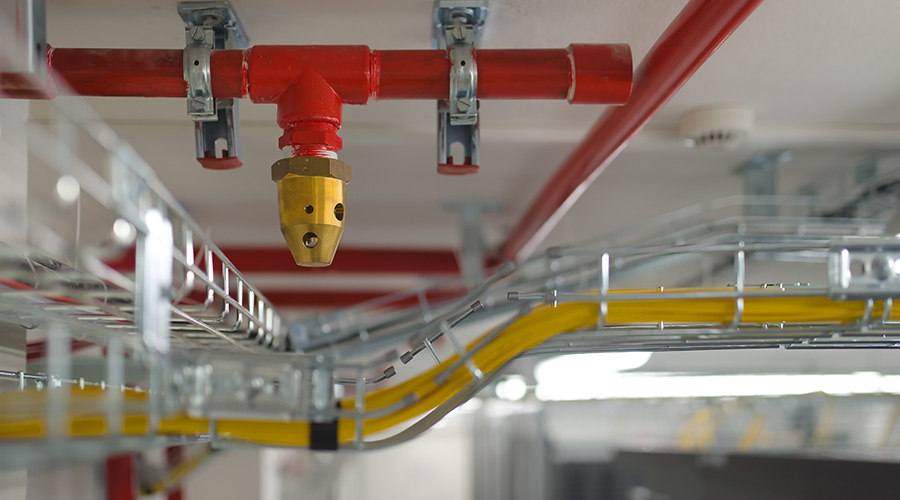Identifying Volunteers To Help People With Disabilities In Fire Emergency Can Streamline Evacuation
Human nature also comes into play when considering the type of help an individual with a disability might need to evacuate a facility during an emergency. If he or she will need assistance navigating a wheelchair, you can start by looking for volunteers who are willing and able to provide this help, says Jeff Harper, vice president with The RJA Group, Inc., consultants in fire protection and life safety.
However, Harper cautions that not everyone is going to want to take on this responsibility. While it probably wouldn't be prudent to coerce someone into this position, you also want to make sure potential volunteers have a realistic idea of what might be expected of them. Harper notes that some news accounts after the Sept. 11 attacks focused on volunteers who appeared to have lost their lives because they had taken time to assist others.
It's important to point out to potential volunteers that this was an extreme (and, fortunately, rare) situation. For many facilities, the obligations of the volunteers might include helping individuals with disabilities move to protected areas, and then leaving the building and letting the emergency responders know where the people are located. Although the volunteers do need to be willing to participate and practice, "we're not looking to make people into fire fighters," Harper says.
Once the volunteers have been identified, they should receive information on their responsibilities, as well as an opportunity to practice executing them. For instance, some facilities have evacuation chairs available. These generally are easier to maneuver than regular wheelchairs and can go down steps, Solomon says. If an individual in a wheelchair would be better off transferring to an evacuation chair, both the individual and the person assisting him or her should know that.
When considering the steps to take to ensure the safety of occupants with disabilities, you also want to remember disabilities that may not be easily noticeable, Solomon points out. This could include individuals with sight, hearing or cognitive impairments, as well as those that are temporarily impaired with, for instance, a broken leg. When possible, he recommends working with the human resources department to identify these individuals and determine how to effectively address their safety needs. An individual with a cognitive disability may be able to easily get down the stairs, but become anxious during an emergency. Having another person explain what's happening may help keep the individual calm and headed to safety.
Related Topics:















